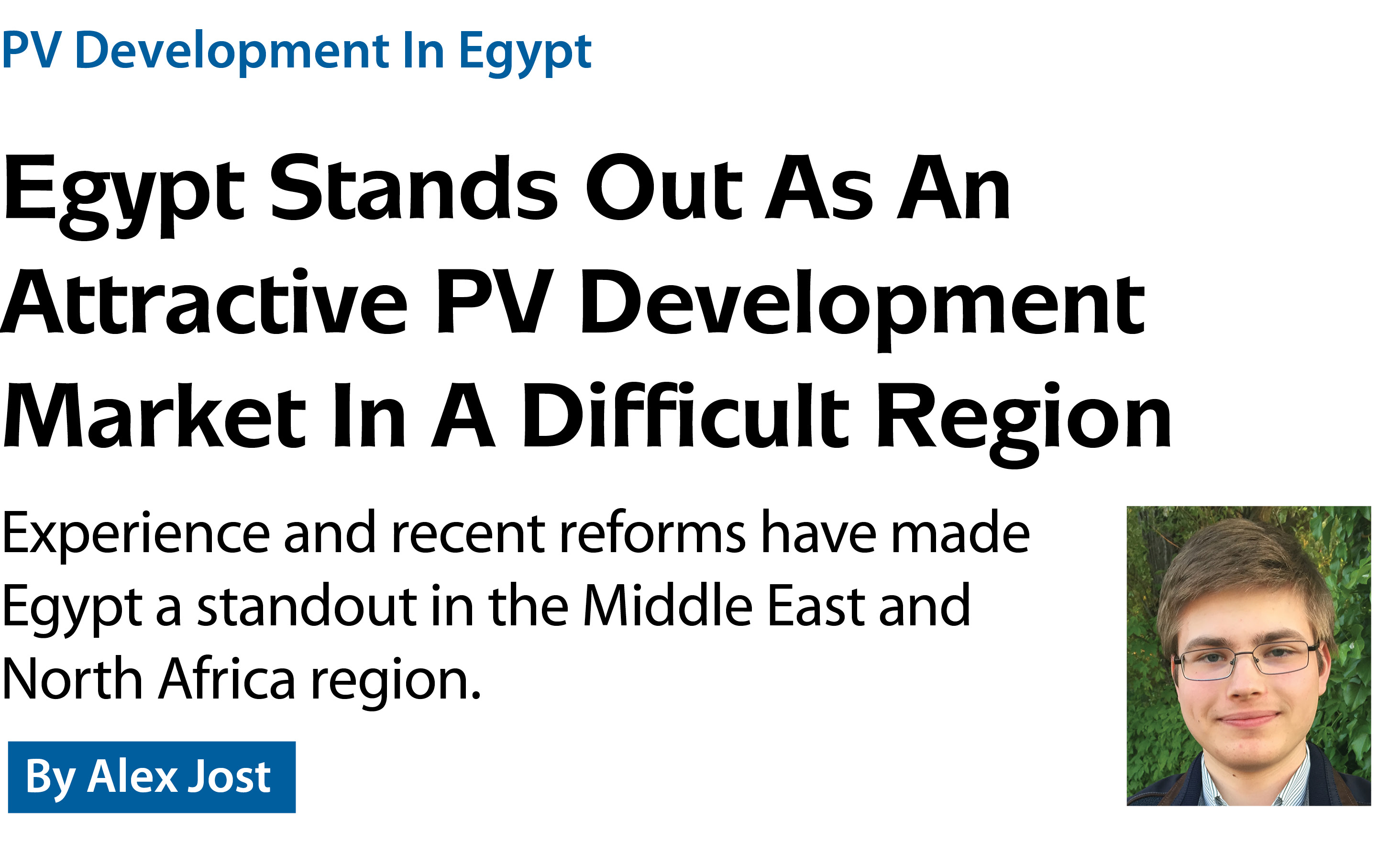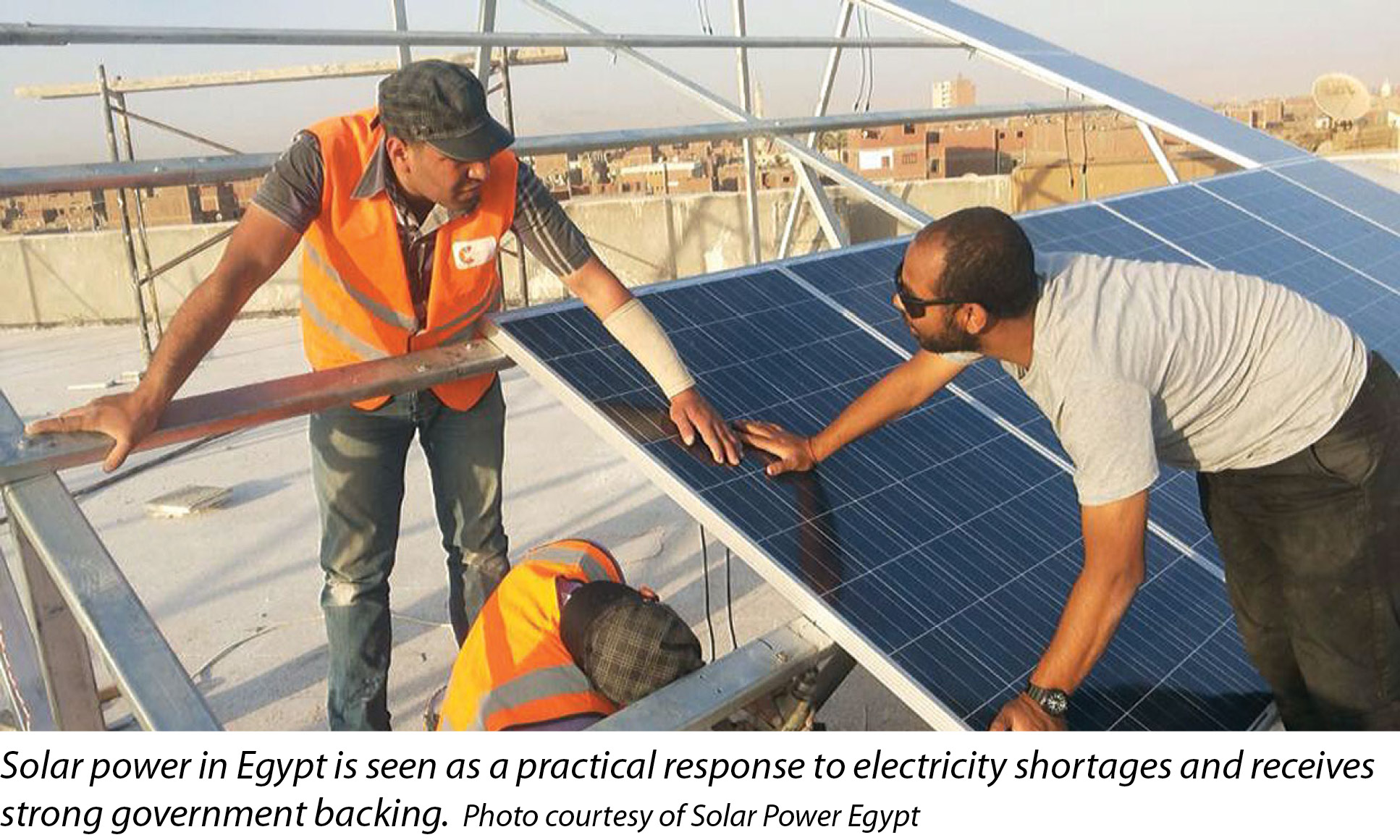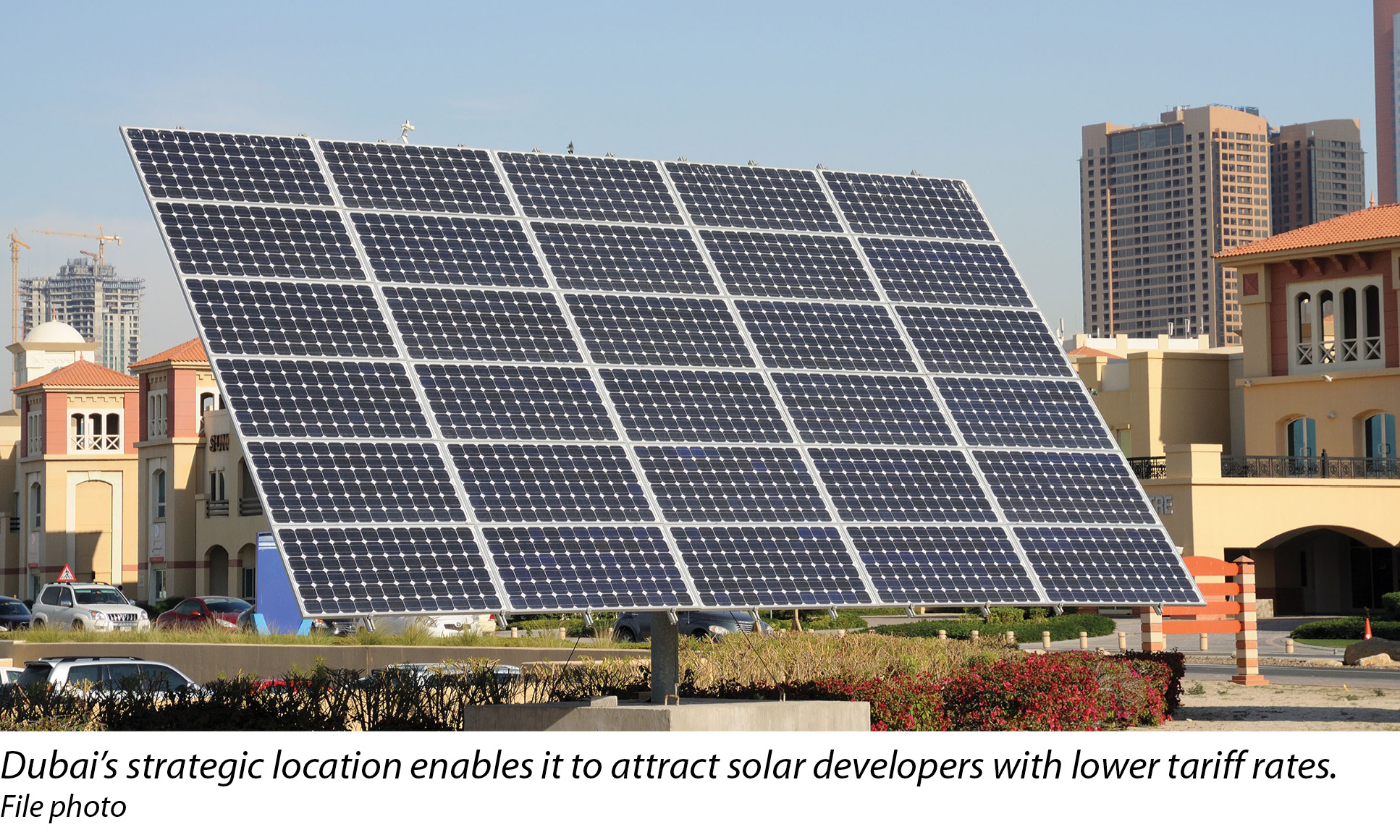

301 Moved Permanently
Many institutions and analysts are focusing on the Middle East and North Africa (MENA) region as the next great market for photovoltaic solar expansion. The main factors driving government investment include an energy mix that is over-dependent on fossil fuels and the region’s unique suitability for exploiting the solar resource.
It is no secret that MENA governments rely on financial incentives to attract renewable energy expertise and technology not found domestically. Usually, such incentives are in the form of subsidies, such as feed-in tariff (FIT) schemes. Yet, this process is entangled with fundamental conflicts in policy objectives.
Particularly in North African countries, the difficult trade-off between consumer protection and energy diversification often impedes the effective and efficient integration of renewables in the domestic energy mix. Emerging economies, such as those in Egypt and Algeria, have the provision of stable and affordable electricity as a primary political aim.
“Dirty” fuels are heavily subsidized for domestic consumption to drive down prices - and rightly so, because cheap electricity is a basic necessity for industrial growth. As a result, though, many institutional barriers arise when governments try to integrate still comparatively expensive, if clean, renewables into their energy mix without offloading the cost of subsidies on the final consumer. Grid companies may be reluctant to buy renewables at the elevated price, or subsidies may not be paid out at all.
Hence, in addition to the actual subsidy offered on paper, international developers in PV and related fields must obviously take various institutional factors, such as the importance of a strong regulatory framework, into account when calculating investment risk in MENA.
A good patch of green
A clear distinction in this context should probably be made between the “ME” and “NA.” The economies and political systems of North Africa and the Middle East are of entirely different natures. Market opportunities - and the incentives offered - differ accordingly.
While examining the North African market, we find Egypt to be the country with the most interesting prospects of wide-ranging subsidized PV development in the region. A well-designed FIT scheme is likely to make it the region’s PV hot spot.
An appraisal of the Egyptian FIT’s regional competitiveness, along with an evaluation of the regulatory framework under which the scheme operates, will show exactly what international investors are looking out for and where money can be made most effectively. We will put this in a regional perspective to examine briefly what richer countries in North Africa and on the other side of the Suez are doing to promote PV in their energy mixes.
Although Algeria is a FIT pioneer of the region, as the first program began in 2004, a structured, technology-specific tariff initiative to promote renewable energy is relatively new ground for Egypt. Heavy subsidies for fossil fuels and political instability were major barriers to renewables development until the new scheme was approved by the Egypt’s Cabinet of Ministers in September 2014.

Throughout 2008 and 2009, 90% of consumers in Egypt paid less than 50% of generation costs ($0.035/kWh to $0.045/kWh) for their electricity - one of the lowest tariff rates in the world. Until the current legislation redrafts took effect, renewable energy was simply uncompetitive with heavily subsidized fossil fuel-based energy. Now, after several years of social turmoil, government interest in diversification is growing and investment is accelerating.
In late 2014, Egyptian President Abdel al-Sisi publicly declared that power shortages plaguing households and debilitating businesses were a direct consequence of years of under-investment. Tackling blackouts as quickly as possible through energy diversification has since stood as a government priority. As a result, the country has seen the launch of what is currently the largest renewables procurement program in MENA, aiming for a total capacity of 12,000 MW by 2020.
Moreover, it appears the policy initiative’s primary objective is quick deployment. Consequently, the Egyptian Supreme Council of Energy (SCE) has identified wind power and PV as the most suitable technologies for its current scheme. Other renewables, such as concentrating solar power, are taking significantly longer to develop. The new decree also requires the SCE to invest approximately $260 million for the enhancement of transmission and distribution grids.
Enthusiasm has gripped developers: According to New York-based law firm Chadbourne & Parke, the aggregate capacity of the 69 qualified consortia already short-listed by Egypt for its first procurement stage exceeds the country’s target of 2,000 MW by 50%. A briefing published by the Egyptian renewable energy regulatory body states that “this target includes 300 MW for small PV installations below 500 kW [and] 2,000 MW for large-size PV installations, which range between 500 kW up to 50 MW.”
The details of the PV tariff structure, for the most part, look rather attractive, with many of the regulatory deficiencies in other countries being effectively solved. The tariff paid to developers varies according to the size of production and, partly, to whom the energy is delivered. This allows small households to pay a lower rate than businesses and industries that use a similar amount of electricity. The Egyptian Ministry of Finance further shields households and small businesses by offering them concessional subsidized bank loans. It is already very visible that consumer protection is a primary objective underlying the FIT scheme.

Reality-based tariffs
Egypt’s scheme, nonetheless, does remain very sensitive to the issue of profitability, as it invites foreign investors. The government has set the proportion of national bank financing to renewables developers at 40%-60%. Sovereign guarantees are provided to projects above 20 MW.
Though observers worried about a conflict in land allocation with the agricultural sector in previous years, the government is now drafting legislation that will allow state-owned land to be made available for renewable energy development under a usufruct system where the state will procure 2% of the energy produced in exchange for usage. In the first stage of the current procurement process, 36 plots of state-owned land are to be provided to selected applicants for large-scale solar projects on a first-come, first-served basis.
A strong regulatory framework is also suggested by the fact that the new legislation requires the state grid company, the Egyptian Electricity Transmission Co. (EETC), to purchase and transport the energy from PV projects at the fixed prices laid out in the FIT scheme through compulsory power purchase agreements (PPAs) over a 25-year period. It is also obligated to prioritize renewable energy when feeding the grid.
By contrast, Algeria’s 2004 FIT scheme made no such provisions. The state grid operator was protected against bearing the cost of renewable energy subsidies by not being legally bound to purchase or prioritize PV energy. As a result, PPAs tended to be drafted in ways that were increasingly unfavorable for investors. The situation resulted in unclear cost allocation in Algeria, where electricity prices have been fixed at $0.03/kWh since 2005. The FITs are attractive on paper but provide next to no guarantees of eventual payment to investors.
In Egypt, investment risk is lower because the state and the EETC assume most of the cost of the FIT scheme. Applicant developers are merely required to make a down payment of grid connection costs, the price of which is communicated upon qualification.
Egypt, consequently, shows very clear cost allocation supported by a strong and rigorous regulatory scheme directly accountable to the state. Thus, the country’s FIT scheme is backed by an institutional framework that seems conducive to maintaining consumer protection while providing independent power producers with reasonable profitability and security of investment.
In financial terms, Egyptian FITs perform reasonably well when put into regional perspective. The latest one-off PV procurement initiative by Dubai’s local utility used a free bidding process; in this process, developers compete to list the lowest-priced tariff they are willing to accept. The developer that accepts the lowest tariff is awarded the project. This process enables Dubai’s utility to drive down the cost of renewables subsidies.
In a different country, developers would certainly be deterred by this competitive price reduction at some point. But Dubai’s strategic position as a gateway into the Gulf Cooperation Council (GCC) market probably neutralizes this disincentive within the free bidding scheme. The tariff produced in Dubai’s late 2014 tender of a 200 MW PV independent power project was a historic low. Saudi developer ACWA Power was awarded the project and received an unprecedented tariff of $0.058/kWh over 25 years.
As indicated above, Dubai’s status as a key actor in the GCC market makes it difficult to see this value as a suitable benchmark for PV FITs in MENA, at least for now. Jordan, by contrast, initially offered PV developers $0.17/kWh under its FIT scheme. This tariff, which is more competitive than Egypt’s current deal, expired with the launch of Jordan’s second procurement round managed by what was dubbed a “ceiling” tariff. The Jordanian state tenders what is effectively a maximum tariff and then allows developers to bid below this value. Jordan’s current ceiling stands at approximately $0.14/kWh, to which Egypt’s FIT compares favorably.
Assessing the exchange rate risk associated with Egypt’s scheme should also be of vital interest to investors. In the new FIT legislation, tariffs are denominated in dollars but are paid out in Egyptian pounds. The Egyptian pound has not been pegged to the dollar since 2003. In spite of this, the Egyptian government assumes the exchange rate risk and reviews the amount of payable pounds for the fixed dollar tariffs according to inflation. Nevertheless, as an emerging economy with limited foreign exchange reserves, Egypt must ensure that it can reliably provide this essential security to investors in the long term.
International PV developers will find that Egypt’s FITs are reasonably competitive by regional standards. It appears that, despite the remaining issue of convertibility risk, Egypt’s clear cost allocation and surprisingly strong regulatory framework provide a standard of investment security that is not typical in the North African market. Conflicts in policy objectives that surround consumer protection, which have impeded FIT expansion in other North African countries, are now largely resolved. Market opportunity in the Nile region is also expanding. Given this information, investors all over the world should consider Egypt’s invitation.
PV Development In Egypt
Egypt Stands Out As An Attractive PV Development Market In A Difficult Region
By Alex Jost
Experience and recent reforms have made Egypt a standout in the Middle East and North Africa region.
si body si body i si body bi si body b
si depbio
- si bullets
si sh
si subhead
pullquote
si first graph
si sh no rule
si last graph